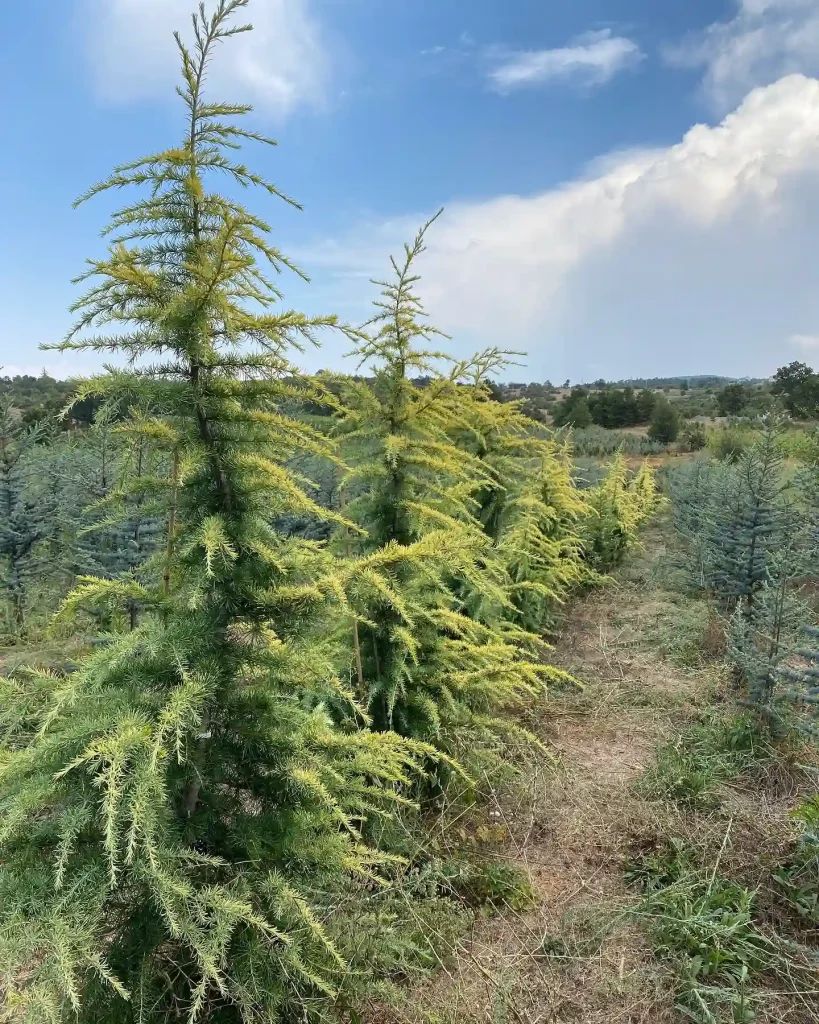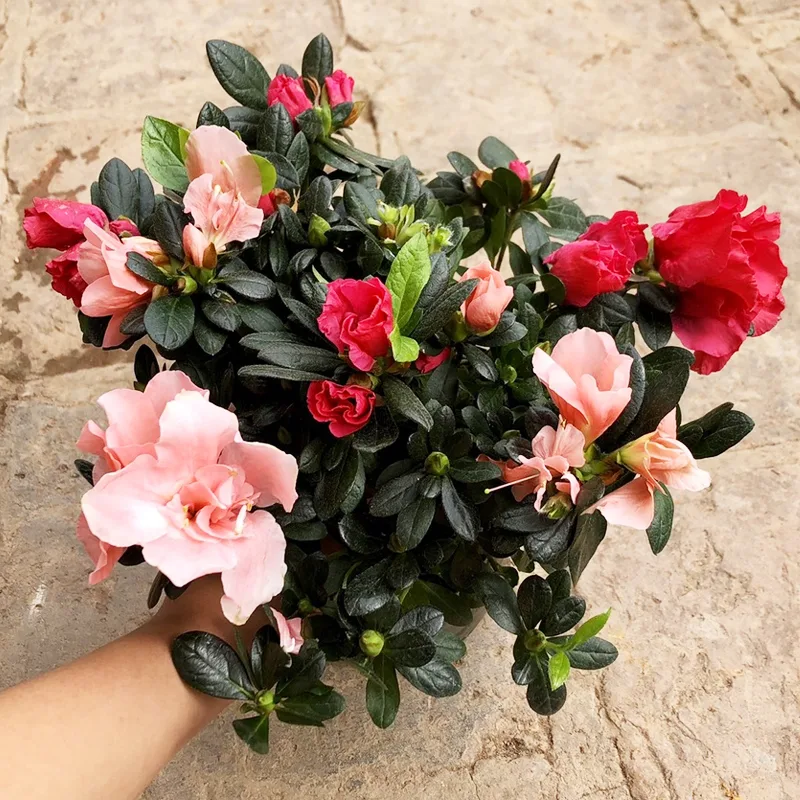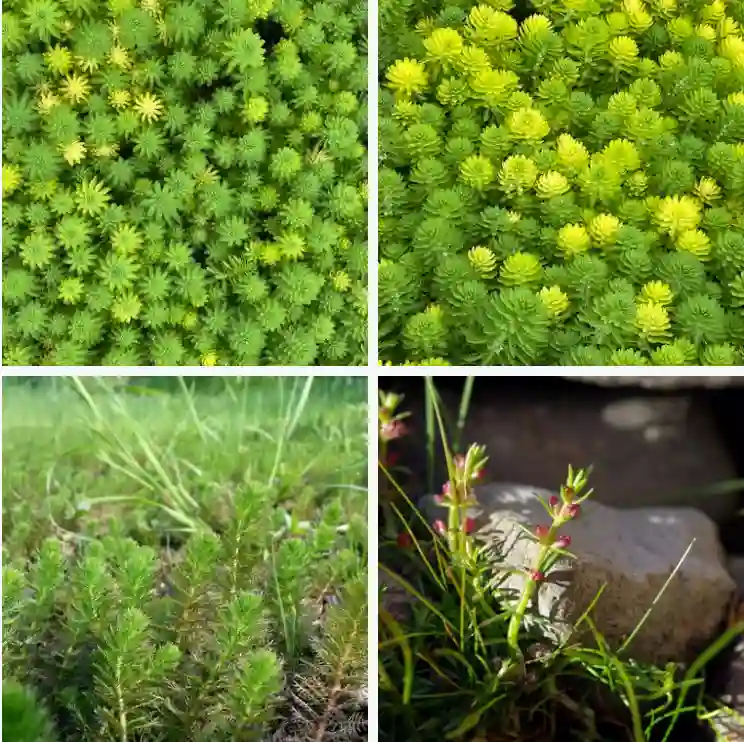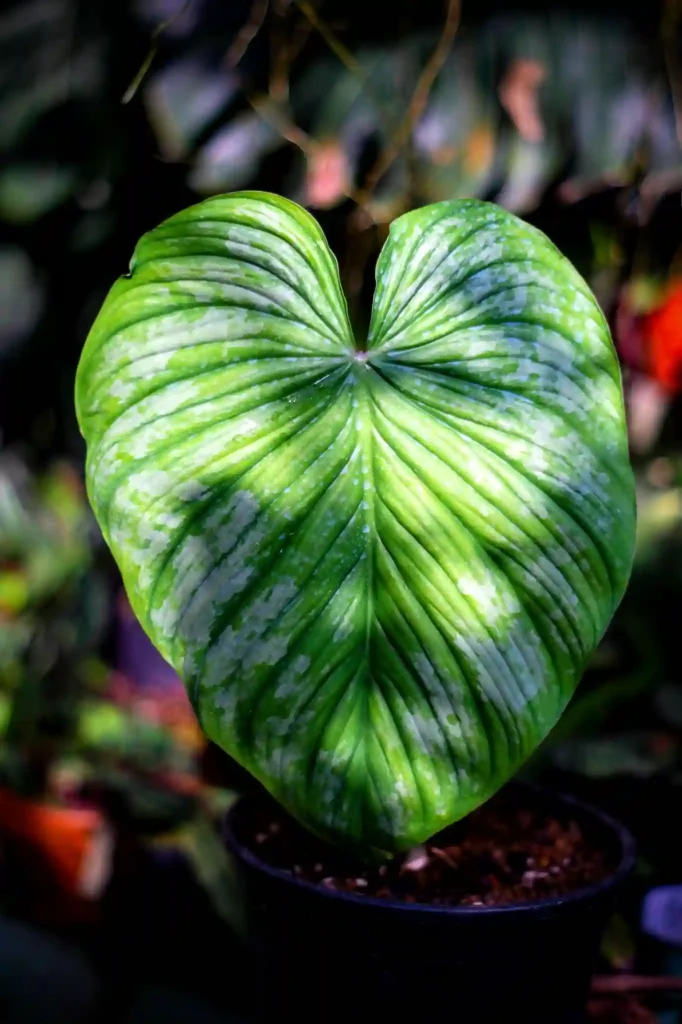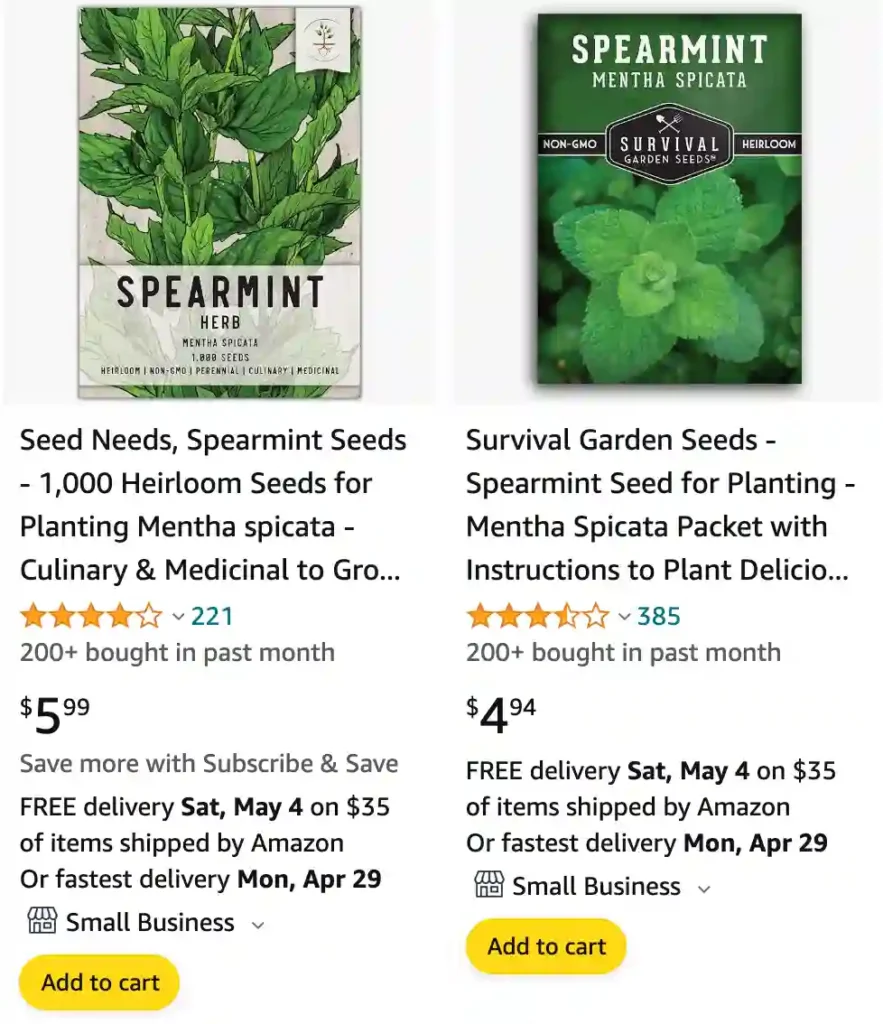
Does spearmint tea have caffeine?
Nope, spearmint tea is naturally caffeine-free. It’s one of my favorite ways to relax and unwind, particularly late in the evening. Sometimes, if I’m feeling really stressed, brewing a cup of spearmint tea does wonders for calming my nerves, while the warmth and gentle sweetness are both comforting and soothing. I prefer mine with a bit of honey – it helps balance the slightly grassy flavor of the spearmint.
How to make spearmint tea?
I love making spearmint tea, especially when I have fresh spearmint from my garden! Usually, I’ll pick a generous handful of leaves and give them a good rinse. Then, I boil some water and pour it over the leaves in a mug, letting it steep for about 5 minutes. Sometimes I’ll crush the leaves with the back of a spoon just before I add the water – that seems to release the menthol and makes for a bolder flavor. I like a little drizzle of honey in mine for sweetness, but that’s totally up to you!
Does spearmint oil help with facial hair?
I’ve heard mixed things about spearmint oil for facial hair. There’s some talk online and a few studies suggesting it might help with unwanted hair growth. I haven’t tried it myself since I’m a bit hesitant about putting essential oils directly on my skin without diluting them properly. Plus, I’m cautious because what works for some people might not work for others. If you’re really interested in trying it, I’d recommend talking to a dermatologist first, just to be on the safe side.
Is spearmint oil safe for dogs?
Unfortunately, I wouldn’t use spearmint oil around my dog. While it’s considered less potent than peppermint oil, it’s still best to avoid it. Dogs have super sensitive noses, and anything with a strong scent can be irritating to them. Plus, essential oils can be harmful if ingested or absorbed through the skin. To be on the safe side, I just skip using essential oils around my furry friend altogether.
Do cats like spearmint?
It really depends on the cat! I’ve seen videos online of cats going crazy for spearmint, but my own kitty doesn’t seem to care about it much. Cats can be finicky like that – some love the same minty scents that we find relaxing, while others aren’t interested at all. Honestly, the best way to find out for sure is to offer your cat a sniff. Just be sure to supervise them so they don’t gobble down a whole leaf!
Does spearmint tea help with bloating?
I find that spearmint tea does help with bloating sometimes. If I’ve overindulged a bit or my stomach just feels off, a cup of warm spearmint tea seems to calm things down. The warmth itself is soothing, and the spearmint has a gentle way of relaxing my digestive system. It doesn’t work miracles every time, but it’s definitely one of my go-to remedies for an occasional bloated belly!
Does spearmint tea help with PCOS?
There’s some interesting research suggesting spearmint tea might be helpful for managing PCOS symptoms. I’ve heard it can help with things like unwanted hair growth or irregular cycles, but the research on this is still ongoing. For me, the biggest benefit has been stress relief. I know PCOS is strongly influenced by stress, and a calming cup of spearmint tea at the end of a long day helps me wind down. It’s definitely not a cure-all, but it’s become part of my routine for managing my PCOS.
Where to buy spearmint tea?
You’ve got a few options for buying spearmint tea! My favorite is to grow my own spearmint – it’s so easy, and the flavor from fresh leaves is amazing. But, if you don’t have a green thumb, there’s always the grocery store. Most have a good selection of herbal teas, including spearmint. You might also find it at health food stores or specialty tea shops. If you enjoy loose-leaf tea, those specialty shops sometimes have really unique and delicious spearmint blends.
Can guinea pigs eat spearmint?
Yes, guinea pigs can eat spearmint! It’s actually a healthy treat for them in moderation. I used to have little piggies, and they loved munching on fresh spearmint leaves. Just make sure you introduce it slowly, like any new food. Too much might upset their tummies. And always check that the spearmint is clean and hasn’t been treated with any pesticides.
Can you smoke spearmint?
While you technically can smoke spearmint, it’s not generally something I’d recommend. Spearmint doesn’t share the same properties as tobacco, and smoking any kind of plant material can be harmful to your lungs. Occasionally, spearmint might be added to herbal smoking blends for flavor, but it’s not intended to be smoked on its own. If you’re looking for a relaxing experience, I find a warm cup of spearmint tea to be a much more enjoyable and safer way to appreciate its minty goodness.
What does spearmint tea taste like?
I think spearmint tea has a refreshing, slightly sweet, and minty taste. It’s definitely milder than peppermint – that one can be quite an intense blast! Spearmint has a gentle sweetness to it, along with a cool, breezy quality. Sometimes it can have a slightly grassy note too, especially if you brew it for a long time. But overall, it’s a very pleasant and comforting tea!
How often to water spearmint?
I water my spearmint plant quite regularly to keep it happy and thriving. Since it likes moist soil, I try not to let it dry out completely. In the heat of the summer, that might mean watering it every day or every other day. During cooler seasons, I’ll usually water less often, maybe every 2-3 days. The best way to know for sure is to stick your finger in the soil – if it feels dry an inch or two down, it’s time for a drink!
Is spearmint perennial?
Yes, spearmint is generally considered a perennial! That means it comes back year after year, which I love. My spearmint plant goes dormant over the winter, but when spring arrives, it bursts back to life, often spreading even more than the previous year. It’s one of the easiest and most rewarding plants to grow in my garden!
Can chickens eat spearmint?
Yes, chickens can absolutely enjoy spearmint! It’s a safe and healthy treat for them. I like to toss a handful of fresh spearmint into their run every now and then. They might not eat all of it, but they usually nibble a bit and enjoy the fresh, minty aroma. Some folks even add spearmint to their nesting boxes to help with pest control. I haven’t tried that yet, but it seems like a clever idea!
Can rabbits eat spearmint?
Absolutely! Rabbits can safely eat spearmint. In fact, many bunnies seem to really enjoy the taste. It’s a good source of vitamins and antioxidants for them too. Just remember, like any treat, moderation is key. A few fresh leaves every now and then are a nice addition to their regular diet. I like to mix a little spearmint in with their hay for a fun taste surprise!
Do mice like spearmint?
Actually, most mice dislike the smell of spearmint! It has a strong, menthol scent that can be overpowering for their sensitive noses. That’s why you’ll often find spearmint or peppermint oil suggested as a natural mouse deterrent. I wouldn’t rely solely on it, but it can be a helpful addition to your pest control strategy, especially if you want a gentler option.
Does spearmint tea stain teeth?
Good news – spearmint tea is generally considered one of the least staining teas! Since it’s light in color and naturally low in tannins (the compounds that cause staining), it’s unlikely to discolor your teeth. I drink a cup almost every evening and haven’t noticed any staining at all. Of course, everyone’s teeth are different, but spearmint is definitely a good choice if you’re worried about tea stains.
Is spearmint invasive?
Yes, spearmint can be incredibly invasive! I learned this the hard way in my garden. While it’s a wonderful and useful herb, spearmint spreads like wildfire. It sends out runners both above and below ground, quickly taking over an entire area if not kept in check. I now grow my spearmint in a large container to keep it from completely overrunning my other plants!
What do spearmint seedlings look like?
Spearmint seedlings start off with two tiny, smooth, oval-shaped leaves called cotyledons. These first leaves are quite different from the mature spearmint leaves. As the seedling grows, the true leaves start to develop. These have the classic spearmint look – bright green with a toothed edge and a slightly pointed shape.
Here’s a quick tip: If you’re not sure if those tiny sprouts are spearmint, crush a leaf gently. You should get the characteristic minty smell!
If i die, water my plants!
